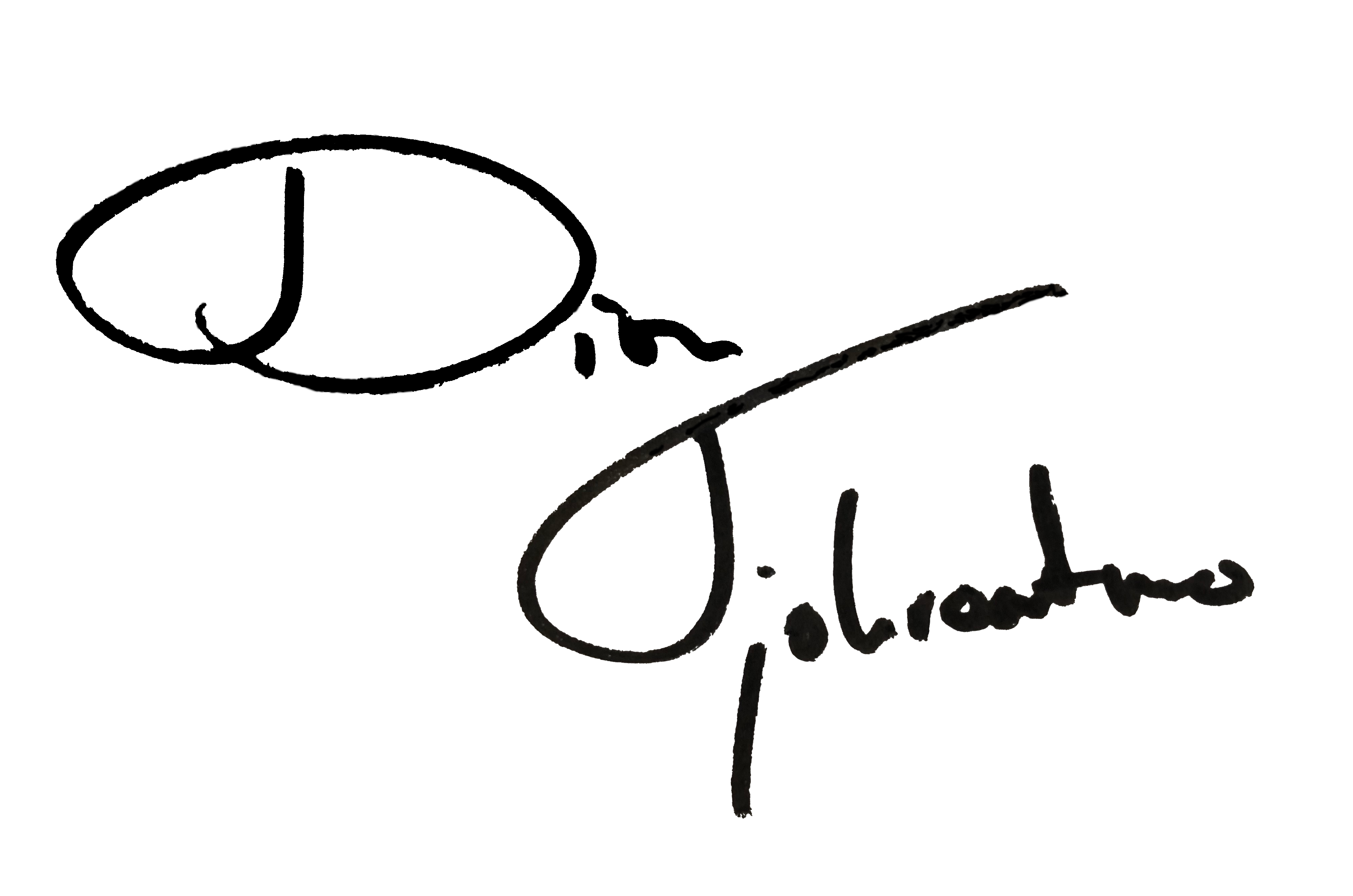Constructive Design Research - 2023
Project name: “HumAIn Technologies: a research through speculative design into the closeness and roles of AI”
Co-designers:Jelmer Braamskamp, Anton Hallstrup and Tale Nap
Grade: 9.1
Expertise Areas: US / BE
Project description
How close is an AI system allowed to get to a human body? Or how much influence is it allowed to have on human decision making? Through a speculative design process (Auger, 2013), The research team created a fictional company called HumAIn Technologies which is specialized in AI wearables. The company just launched its Precision Motion Pro, an AI enhanced wearable for your hands. Originally created to remove people’s Parkinson’s disease, but later discovered to also improve dexterity and skills such as drawing and playing the piano. But how would people perceive a future in which an AI system controls your hand, or even more….
Reflection
This course focusses solely on design research and gave me the opportunity to select a research approach, lab, field, showroom (Koskinen et al., 2013) or a studio approach (Goveia da Rocha et al., 2022). The showroom approach was selected as I had never done it before. What I found interesting was the fact that a “conversation piece” or experience was created to generate discussion between the viewer and the piece, thus allowing for a large making phase in the research process. As I am inspired by art and an avid maker, this seemed a promising direction and also added to my overall development and research skills. However, the fact that we made a website reminded me again how much I prefer physical making.
I have learned how to structure a research project, but this was also my first time implementing speculative design into my process. I like how contexts and trends can be analysed and a hypothetical future can be created.
Lastly, this course was my first experience with a semi-structured interview (Glasser and Strauss, 1967). I have always been drawn more towards qualitative data gathering methods because of its nuances and complexity, and from now I also have the semi-structured interview in my research arsenal.
Auger, J. (2013). Speculative design: crafting the speculation. Digital Creativity, 24(1), 11-35. https://www.tandfonline.com/doi/abs/10.1080/14626268.2013.767276?casa_token=99j_fLfVtlsAAAAA:_Gw1S4QuIXb_07sFk_ykHKinGUEQAs4lovbIRGNYAfTVib7XtG3a3f94QFLGAjyaaKt8RE0ZcNU
Koskinen, I., Zimmerman, J., Binder, T., Redstrom, J., & Wensveen, S. (2013). Design research through practice: From the lab, field, and showroom. IEEE Transactions on Professional Communication, 56(3), 262-263.https://ieeexplore.ieee.org/abstract/document/6583271/
Goveia da Rocha, B., Andersen, K., & Tomico, O. (2022, June). Portfolio of Loose Ends. In Proceedings of the 2022 ACM Designing Interactive Systems Conference (pp. 527-540). https://dl.acm.org/doi/abs/10.1145/3532106.3533516
Glasser, G. and Strauss, L. 1967. The Discovery of Grounded Theory: Strategies for Qualitative Research https://www.sidalc.net/search/Record/KOHA-OAI-ECOSUR:14011/Description
